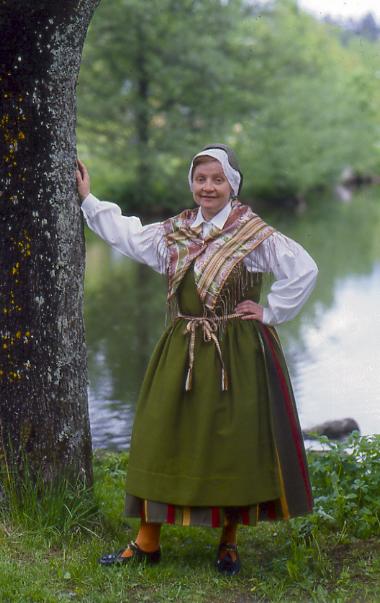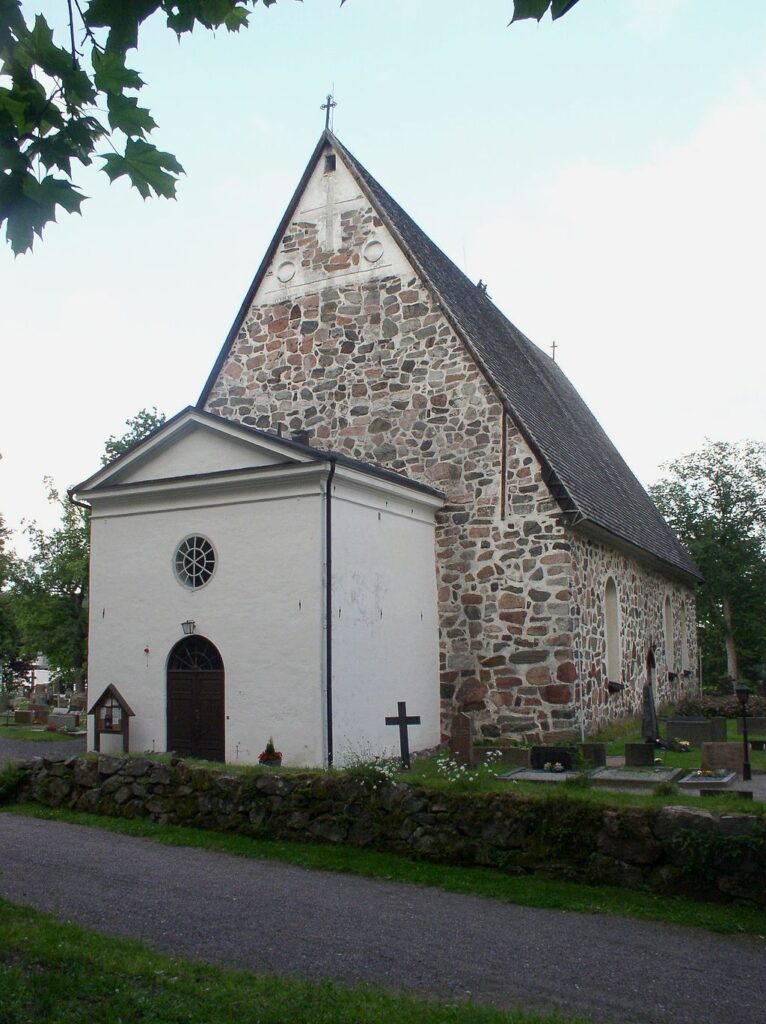Nyland
Pojo
Of Interest
“The Pojoviken Bay was a well-known trade route to Central Finland as early as in the Bronze Age and in the Viking Age. In the 17th century the Pojo harbor was used as a gateway to bring ore from Sweden to the villages of Anskog, Billnas and Fiskars. Because these areas had three necessary resources, forests, waterpower, and access to ore, they became the birth sites of the Finnish metal industry. Foundries developed in Anskog in 1603, Billnas in 1641 and Fiskars in 1649.” 1 & 2
Villages & Farms
- Farm names not listed in parish records of 1877–1886
- Berustadt
- Rahnola
- Bruk
- Klädesfabrik
- Farm names not listed in parish records of 1877–1886
- Järnbruk/Jenbruk
- Hammarsmeden
- Manufaktursmeden
- Spiksmeder
- Drängar
- Bruksarbetare
- Dagsverkare å Forsby Öfvergård
- Dagsverkare å Pentby
- Farm names not listed in parish records of 1877–1886
- Farm names not listed in parish records of 1877–1886
- Tallens
- Öfra Finns
- Nedra Finns
- Bomby
- Hållis
- Uppgård
- Farm names not listed in parish records of 1877–1886
- Dagsverkare
- Farm names not listed in parish records of 1877–1886
- Kapellans Bohl
- Nedergård
- Uppgård
- Underhafvande
- Östergard
- Slällbacka
- Slätböle
- Gunnars
- Mickels
- Mellangård
- Storgård
- Farm names not listed in parish records of 1877–1886
- Jernverk och manafaktur
- Ladugården
- Kontoret
- Handelsboden
- Brukpatron
- Klensmeder
- Kopparslagare
- Kopparhammare
- Dagsverkare
- Valskerket
- Nedergård
- Öfvergård
- Öfvergård
- Nedergård
- Farm names not listed in parish records of 1877–1886
- Farm names not listed in parish records of 1877–1886
- Farm names not listed in parish records of 1877–1886
- Kapernaum
- Farm names not listed in parish records of 1877–1886
- Farm names not listed in parish records of 1877–1886
- Farm names not listed in parish records of 1877–1886
- Farm names not listed in parish records of 1877–1886
- Westergård
- Östergård
- Farm names not listed in parish records of 1877–1886
- Farm names not listed in parish records of 1877–1886
- Syningsjord
- Farm names not listed in parish records of 1877–1886
- Hulte
- Farm names not listed in parish records of 1877–1886
- Farm names not listed in parish records of 1877–1886
- Farm names not listed in parish records of 1877–1886
- Uppgård
- Göks
- Smeds
- Farm names not listed in parish records of 1877–1886
- Farm names not listed in parish records of 1877–1886
- Storgård
- Lillgård
- Westergård
- Östegård
- Farm names not listed in parish records of 1877–1886
- Storgård
- Lillgård
- Lastageplats
- Lill-Slicko
- Farm names not listed in parish records of 1877–1886
- Farm names not listed in parish records of 1877–1886
- Farm names not listed in parish records of 1877–1886
- Farm names not listed in parish records of 1877–1886
- Norrgård
- Farm names not listed in parish records of 1877–1886
- Westergård
- Ostergård
- Farm names not listed in parish records of 1877–1886
- Farm names not listed in parish records of 1877–1886
- Farm names not listed in parish records of 1877–1886
- Zinkerket
- Farm names not listed in parish records of 1877–1886
Folk Dress
Each parish has a unique folk dress. Parish folk dress can be recognized by its style, colors, and patterns.
Pojo folk costumes printed with permission of the Brage costume. 7


Resources:
- Pojo, https://en.wikipedia.org/wiki/Pohja
- Pojo, https://www.visitraseborg.com/en/see-and-experience/suburbs-villages/pohja/
- Pojo Church, https://sv.wikipedia.org/wiki/Pojo_kyrka
- Pojo Church, https://www.kyrktorget.se/pojo.kyrka
- Pojo Church Image: https://commons.wikimedia.org/wiki/File:Pohja_church_1_AB.jpg
- Pojo Church Video: https://youtu.be/9GU4iGYEy0I
- Pojo Folk Dress Images, Brage costume agency, Woman’s – https://www.brage.fi/sve/draktbyra/draktbyran/folkdrakter/view-163648-28 Man’s – https://www.brage.fi/sve/draktbyra/draktbyran/folkdrakter/view-163648-29
- Pojo Parish, Genealogical Society of Finland, HisKi project, http://hiski.genealogia.fi/hiski/aba128?en+0407
- Pojo Parish Communion Records of 1853-1859: https://www.sukuhistoria.fi/sshy/index_eng.htm https://www.sukuhistoria.fi/sshy/sivut/HisKi-digiarkisto.php?bid=10041
- Pojo Parish Communion Records of 1877-1886: https://www.sukuhistoria.fi/sshy/sivut/HisKi-digiarkisto.php?bid=23819
- Pojo Parish Map, https://www.doria.fi/discover?query=pojo&scope=




